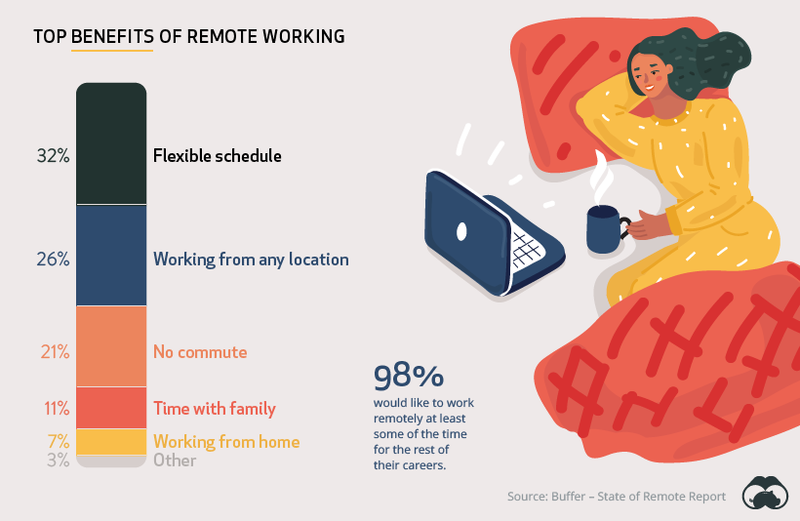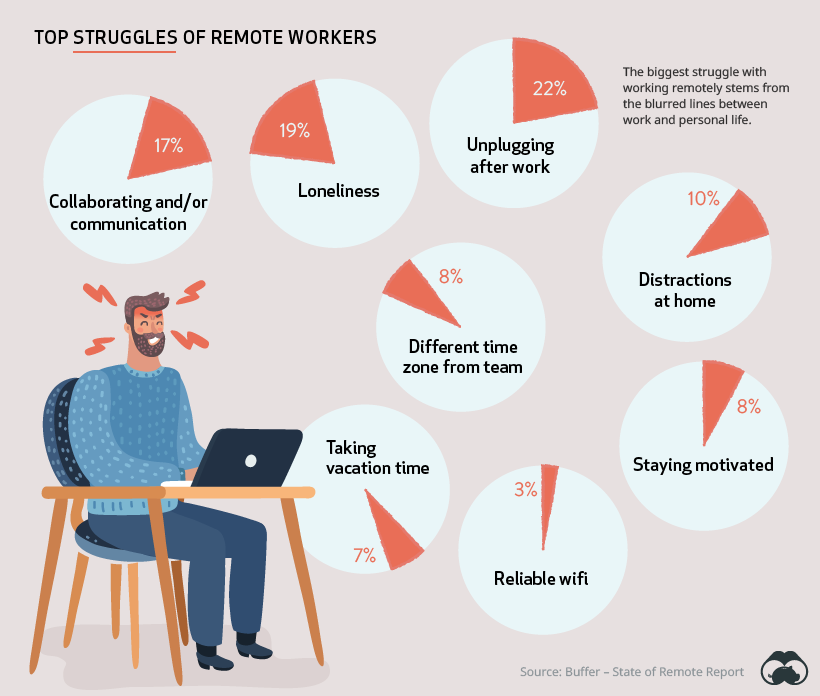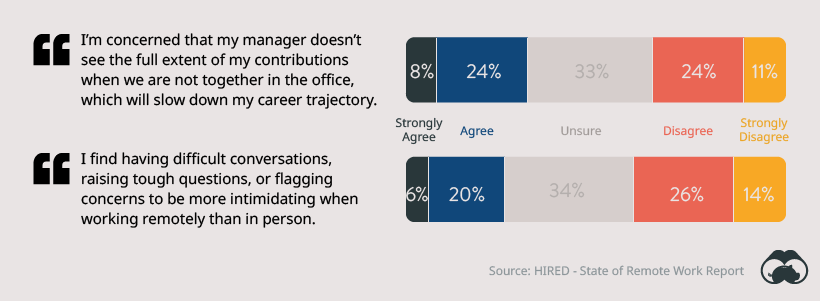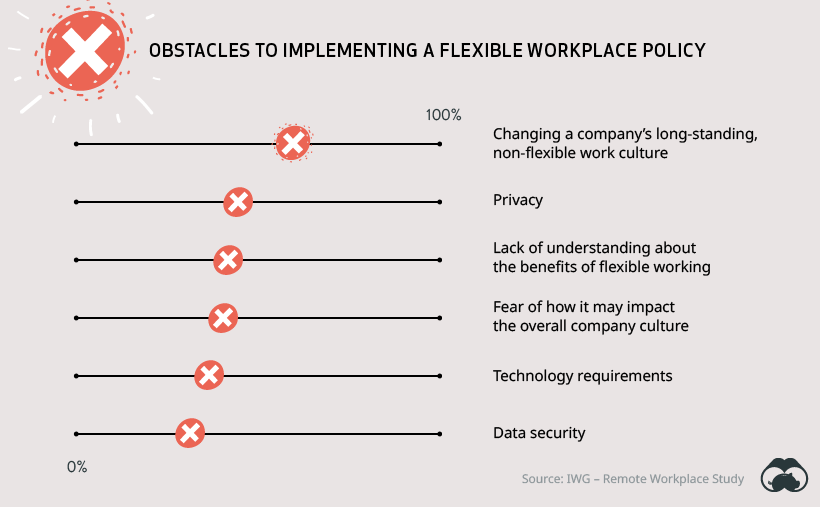How do people and companies actually feel about working from home?
With millions of people taking part in this work-from-home experiment, Visual Capitalist’s Nick Routley notes that it’s worth asking the question – how do people and companies actually feel about working from home?
According to the U.S. Census Bureau, nearly one-third of the U.S. workforce, and half of all “information workers”, are able to work from home. Though the number of people working partially or fully remote has been on the rise for years now, the COVID-19 pandemic may have pressed the fast-forward button on this trend.
Aside from working in sweatpants, what are the things people like about working from home?
A flexible schedule, the ability to work from any location, and no more commuting were the top reported benefits.
Of course, not everything is positive about working from home. Here are some of the challenges people face as they work remotely.
The top issue faced by remote workers was “unplugging” from work. Without the clear-cut change of location and defined office hours, many people had a tougher time clearly dividing their personal and professional time.
As well, the lack of person-to-person communication can be a challenge for some people. In fact, one-third of people were concerned that the full extent of their professional efforts wouldn’t be appreciated because of a lack of in-office contact.
For the majority of people, having tough conversations via phone or teleconferencing software was actually viewed as a positive development.
Barriers to Implementing a Remote Work Policy
Despite the popularity of remote and flexible working, not every company has embraced the concept. Here are some of the reasons why.
While there can be technical or security-related reasons behind remote work resistance, a major barrier is simple resistance to change. Over 50% of companies that didn’t have a flexible or remote workplace policy cited “longstanding company policy” as the reason. In other words, that is just the way things have always worked.




